Final Fantasy is an on-demand role-playing game that has more than 17 titles. The first Final Fantasy game was released in 1987 and was accessible from a limited number of devices. However, Square, the developer of this video game, launched the Final Fantasy series over the years.
The recent Final Fantasy games are not only compatible with gaming computers but also with the latest gaming consoles. All you need to do is open the Microsoft Store if you want to play this intensive game from your Windows PC.
Search for the Final Fantasy game that will run on your gaming device. Select “Get” to download and install this popular multiplayer game. However, you can only send the invite request to three players to join the game.
Moreover, you will find different RPG elements in each entry of Final Fantasy. Developers have introduced different in-game characters and weapons in each series. Online players will also get different stories from the 17 Final Fantasy game series.
Do you want to explore the best Final Fantasy games from your gaming device? Here are all Final Fantasy games in order by their release year and date.
Final Fantasy Games In Order
Final Fantasy I (1987)

It is the first and main series of Square’s Final Fantasy Game. Developers released this game title on December 18, 1987, for NES players. However, this role-playing game is incompatible with Windows, Android, and iOS devices.
You can also play the original Final Fantasy game from PlayStation and hand-held consoles like Game Boy Advance. The story centres around the four Warriors of Lights, who know the places from where they can find the crystals. These young heroes must restore the light to save the world from enemies like the “Horned Devil”.
You can complete this game’s challenges easily without taking other players’ help. Though this game received immense popularity after its release, there was a lack of customisation. This first game of the Final Fantasy franchise didn’t also follow the series’ original story.
Final Fantasy II (1988)

Square released the second entry of the Final Fantasy game on December 17, 1988. This game was also compatible only with the NES, like the first one. Developers didn’t premiere Final Fantasy II outside of Japan until 1990.
Currently, a remastered version of this second series is available on Steam. The story centres on four heroes (Light of Warriors) – Luneth, Arc, Refia and Ingus. This Light of Warrior’s hometown was invaded by the Palamecia Empire. These four Light of Warriors lost their parents during the war.
You will find the Chocobos map in this second Final Fantasy entry. The game developer also changed the XP levelling system in this video game.
Final Fantasy III (1990)

The third Final Fantasy series was released on April 27, 1990. Square developed this role-playing game initially for the Family Computer. However, you can now access this third instalment of the game on platforms like Famicom, Wii U and iOS.
The story of Final Fantasy III is pretty similar to the previous two entries. It was the third game in order by release date, which was originally released in Japan, like Final Fantasy II. Developers later introduced a revised version of FF3 in 2006 and released it in North America and Europe.
You will also find turn-based combat systems in Final Fantasy III, like FF2. The game displays the hit points on the screen above the target following attacks. However, like the subsequent games in the series, you can’t opt to use magical attacks in the same way in FF3.
Final Fantasy IV (1991) & Final Fantasy V (1992)

Square released Final Fantasy IV in July 1991 for the Super Nintendo Entertainment System. The first main instalment of the series features a dark knight named Cecil. He tries to prevent Golbez, a powerful sorcerer, from collecting and destroying the hidden crystals.
Developers released an enhanced 3D version of FF4 for Nintendo Ds in 2007. This game is also available on Android and Windows platforms. The in-game characters move and interact with each other on the world map in FF4.
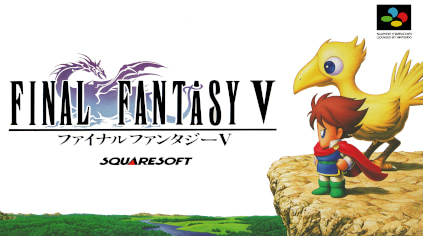
Final Fantasy V is considered to be one of the best role-playing games out there. Developers released this gift instalment on December 6, 1992, for Nintendo’s Super Famicom. But, it is now available on Sony’s PlayStation and even Nintendo’s Game Boy Advance.
Final Fantasy VI (1994) & Final Fantasy VII (1997)

After two years, Square released the sixth entry of Final Fantasy on April 2, 1994. This game is available on popular platforms like Super NES, PlayStation and Windows. Additionally, players can explore the FF5’s map from Android and iOS devices.

The seventh series of Final Fantasy was released on January 31, 1997, for PlayStation players. It has 3D computer graphics and a pre-rendered CGI background. The gameplay, music and story of FF7 also received massive appreciation from online players.
Final Fantasy VIII (1999) & Final Fantasy IX (2000)
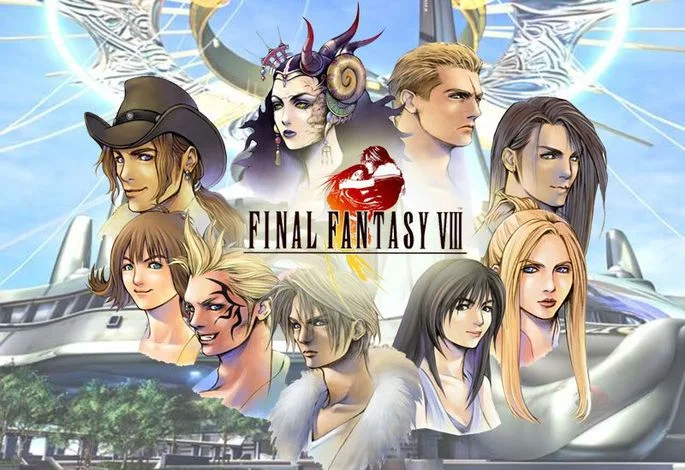
This eight-game was released by Square and Square Enix on February 11, 1999. The game features three modes – a world map, a field map and a battle screen. Game characters like Zell Dincht travel across the map by foot, car and airship in FF8.
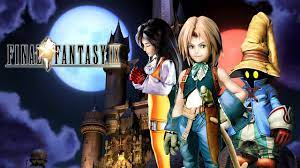
After one year, Square, the developer and publisher of Final Fantasy, released the ninth entry on July 9, 2020. The game’s plot focuses on a war between nations in Galia. Players must defeat Zidane Tribal and rescue princess Garnet Til Alexandros XVII to win the game.
Final Fantasy X (2001) & Final Fantasy XI (2002)

The tenth entry of Final Fantasy was released on July 9, 2001, for PlayStation 2. Developers re-released the game as “Final Fantasy X-2 Remaster” in 2013 for PlayStation 3. It became available on the Windows platform in 2016 and for Xbox One and Nintendo’s Switch console in 2019.

Developers released the eleventh Final Fantasy game version on May 16, 2002, for PlayStation 2. Additionally, Windows computers and Xbox 360 users can play this game without compatibility issues. Unlike the previous titles, players can customise their selected characters on this eleventh version of the game.
Final Fantasy XII (2006) & Final Fantasy XII: Revenant Wings (2007)

Next comes Final Fantasy XII, which Square released on March 16, 2006. The game is available on PlayStation 2, PlayStation 4 and Windows devices. Additionally, you can install and access the twelfth series of the game from Xbox One and Nintendo Switch.
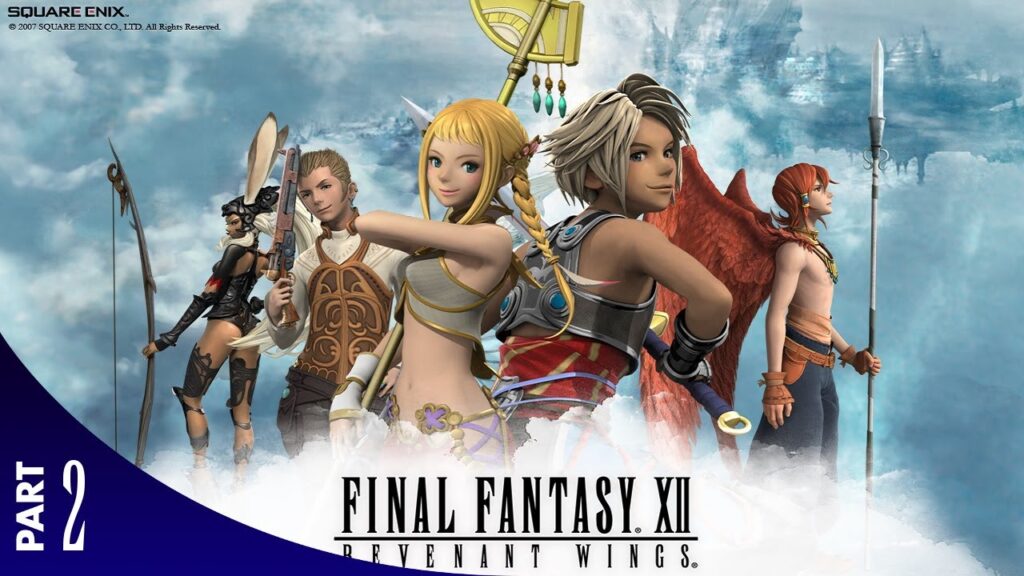
Final Fantasy XII: Revenant Wings is a top-rated real-time tactical RPG game. The story revolves around Vaan, a protagonist who is joined in a quest by Panelo. You get new in-game characters like Llyud in this Final Fantasy game.
Final Fantasy XIII (2009) & Final Fantasy XIV (2010)

The thirteenth entry of this game is available on PlayStation 3 and Xbox 360. Do you use Windows 7/8/10 computers? You can also run FFXIII on the devices easily. The game takes place in Cocon’s fictional world. The game received a positive response for its intensive graphics and battle system.

Final Fantasy XIV is another massively popular multiplayer game. This RPG game was released worldwide for PlayStation 3 and Windows platforms in 2013. It takes place in Eorzea, a fictional land. Players must select a game server for each character.
Final Fantasy XIII-2 (2011) & Lighting Returns: Final Fantasy XIII (2013)

Square Enix released Final Fantasy XIII-2 on December 15, 2011, for PlayStation and Xbox 360. The game features a fast-paced combat system. Besides, players get a customisable paradigm system to control the skills each character has. You can also capture and use the monsters in FFXIII-2.
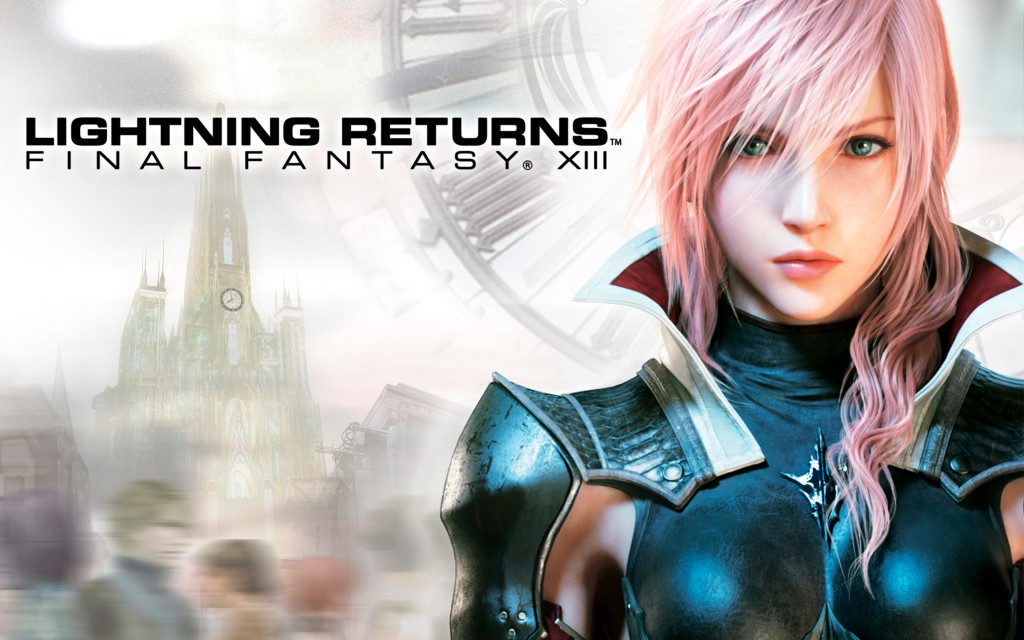
Lighting Returns: Final Fantasy XIII was released only in Japan on November 21, 1992. Developers later introduced the game in North America for Windows, iOS and Android users. This action-oriented battle game allows players to use chocobos and change the game modes easily.
Final Fantasy XIV: A Realm Reborn (2013)

Final Fantasy XIV: A Realm Reborn was released on August 24, 2013, for PC and PS3 players. This action role-playing game is also available on Xbox 360 and macOS devices. The “new” FFXIV fixed all the minor bugs and technical glitches in the game.
Final Fantasy XV (2016) & Final Fantasy VII Remake (2020)

Final Fantasy XV is the last entry of the franchise. The RPG game debuted on PlayStation 4 and Xbox consoles in 2016. This game is currently available for Windows computers and laptops as well.
Final Fantasy XV features a quick weapon-swapping option. There is also a multiplayer option available for hardcore gamers in this Final Fantasy game. Square didn’t release any Final Fantasy games from 2017-2019.
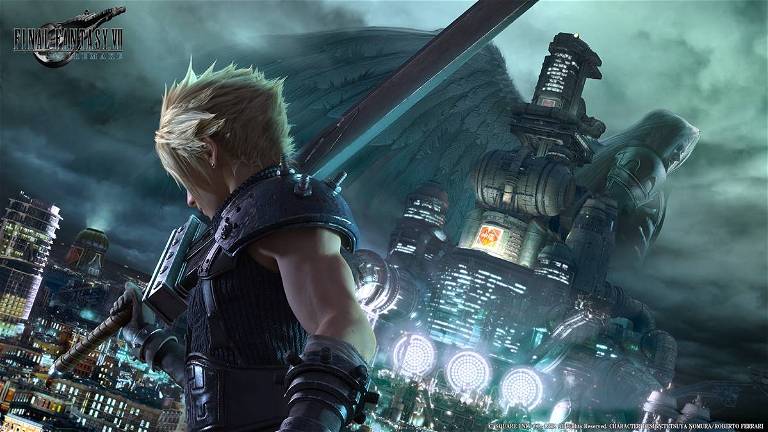
The developer debuted the FFVII remake on April 20, 2020. The story is completely new in Final Fantasy VII. Additionally, you get a “Replay” feature and new classic RPG elements in this game. But, the game is only available on PlayStation consoles.
Is Stranger of Paradise: Final Fantasy Origin the Last Game of the Franchise?
The last and latest Final Fantasy game is Stranger of Paradise. Developers released this game on March 18, 2022. The game is compatible with PS4, PS5, Xbox One, Xbox X and S series. Additionally, you can access this Final Fantasy game from your Windows computer. But, Square didn’t yet reveal if any series is coming for the Final Fantasy game in 2023.



